
OLED is called the next-generation display technology for a reason, because in addition to brightness, contrast, color gamut display indicators, OLED can also be applied to flexible materials, to achieve some exaggerated display. Such as the hyperbolic OLED display, S-shaped line is not very special?
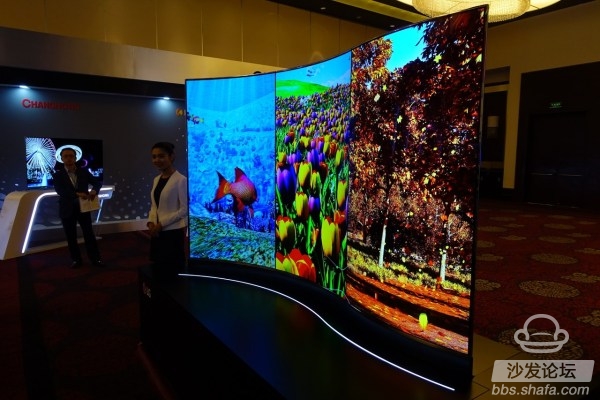
Of course, you will also find that the S-curve screen is not only thin, but it can be displayed both at the same time. Imagine if the future TV sets will be cool.
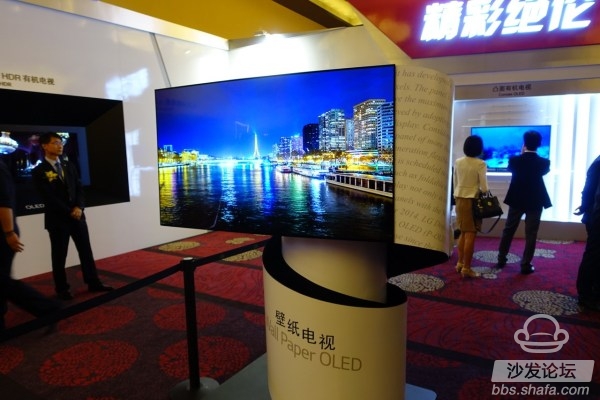
OLEDs can also be made as thin as real wallpapers, and not just "thinest places" like wallpapers.

How light is it? Through the magnetic strip behind it can be absorbed on the wall.
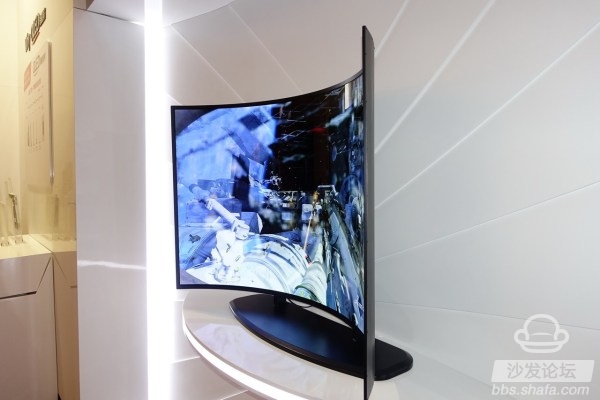
We have seen a lot of curved LCD TVs, but have you ever seen such curved curved TVs? This radian LCD is definitely not achievable.
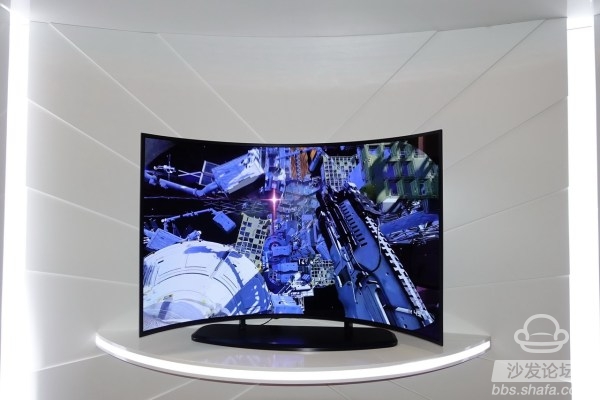
Although the curvature of the TV really needs to be made so big it is hard to accept, but it also provides infinite imaginative space for applications on other special occasions. Please make up your mind.

In addition to concave, it is a piece of cake to make outward convex. Of course, this form is now viewed primarily to provide countless delusional spaces for applications in certain specific areas.

The "substrate" of the OLED uses a flexible material, so various exaggerated deformations can be achieved. Currently, scientists are still studying the use of foldable materials to make OLEDs. If it is really implemented, OLEDs may completely change our daily lives.

One of the current manufacturing processes of OLEDs is the “printing†method, in which the organic light-emitting material is printed on a flexible substrate, so the whole can be highly curved.
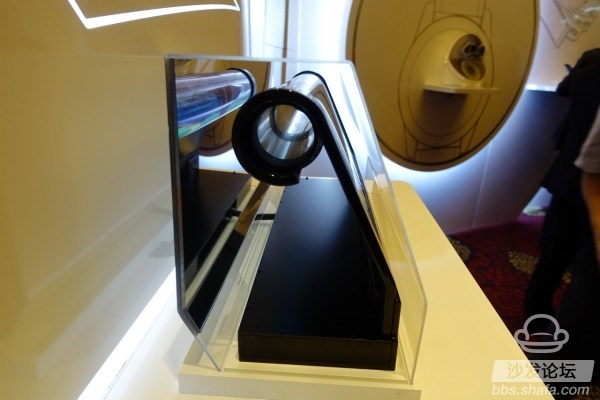
With the advancement and development of material technology, the future newspapers and books may become OLEDs.

There are also many applications of OLEDs in the commercial field, such as the transparent display used in shopping mall windows.

In the automotive display field, OLED has many application cases. Compared with liquid crystals, OLED screens can not only achieve both size and size, but also can achieve various shapes that are difficult for liquid crystals to achieve, such as circular, elliptical, and even irregular shapes.
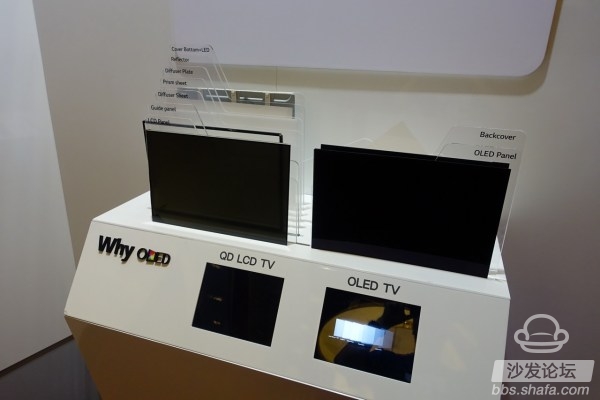
On the right is a schematic diagram of the structure of the liquid crystal, and on the left is a schematic diagram of the structure of the OLED. It can be seen that the structure of the OLED is simpler.
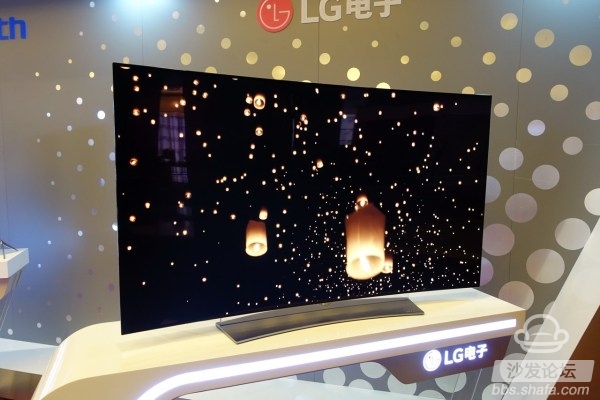
At present, OLED TVs on the market are still mainly display performance, such as blackness, contrast performance. I believe that after reading these pictures, you may be able to understand from another perspective why OLED is called the next generation of display technology.